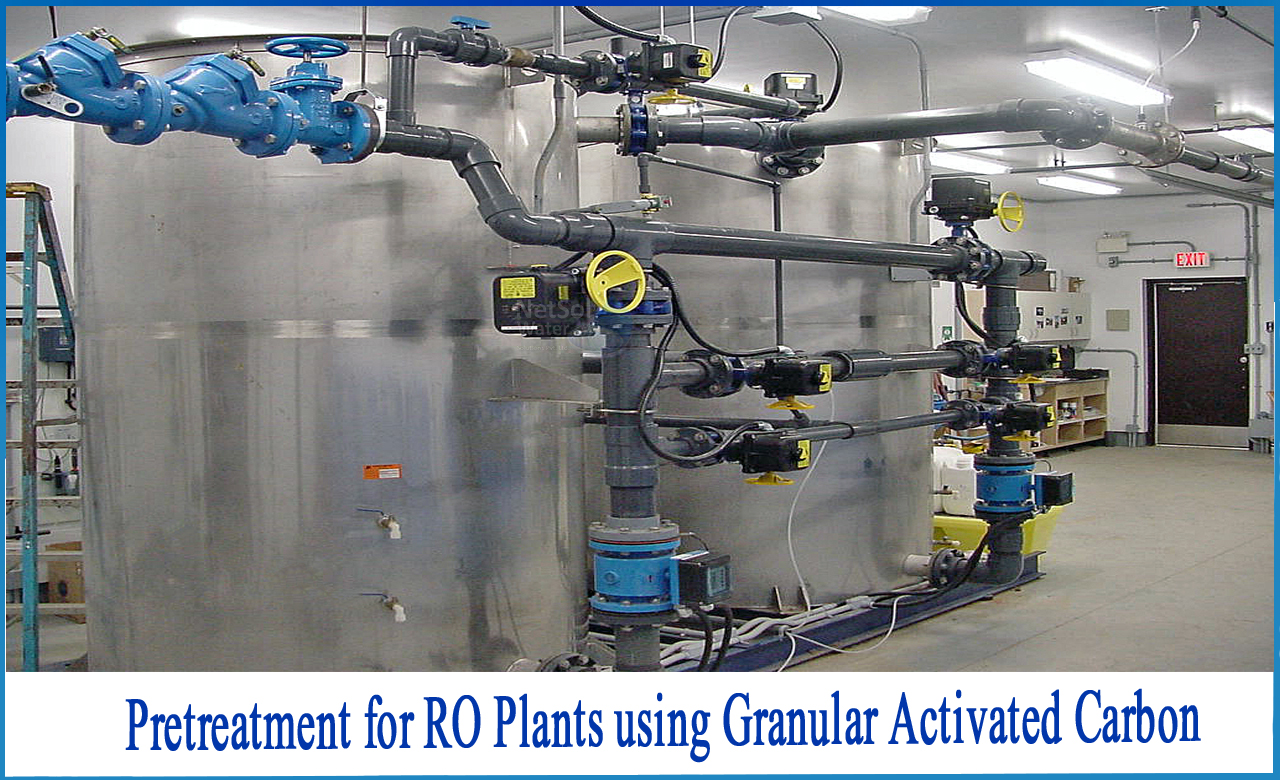Why is pre-treatment required in RO Plants?
Pretreatment for RO is required to remove suspended contaminants, dissolved particles, colloids, minerals, oxidants, and living organisms from raw water. Pretreatment's major goal is to make the RO's feed water compatible with the membrane. By reducing fouling, scaling, and membrane deterioration, pretreatment is necessary to improve the efficiency and life expectancy of the membrane elements.
What is Membrane Fouling?
Fouling is the entrapment of particulates on the surface, or much worse, within the membrane pores, such as silt, clay, suspended solids, biological slime, algae, silica, iron flocs, and other materials. Fouling usually starts in the first stage's lead elements and then makes its way through the remaining elements. Some metals, such as soluble iron and manganese, oxidize once inside the membrane system and can precipitate anywhere across the RO system, depending on the operating circumstances and water chemistry.
Why is Pretreatment requirement for RO Plants using GAC?
This is a standard method for removing organic elements as well as residual disinfectants (particularly chlorine) from water. Apart from removing any unwanted odours and tastes, the process also protects the RO membrane from being oxidised by residual disinfectants. Other chemicals, like as iron and nitrate, are not attracted to the carbon and therefore cannot be removed, necessitating the use of a different filter, such as reverse osmosis (RO) or green sand. RO filters also remove certain organic substances. Raw materials such as nutshells, wood, coal, and petroleum are used to make most activated carbons.
Activated carbon has a surface area of around 1,000 square metres per gram (m2/gm). Distinct raw materials, on the other hand, yield different forms of activated carbon, with hardness, density, pore and particle sizes, surface areas, extractables, ash, and pH varied. Because of these variances in characteristics, some carbons are preferred over others in various applications.
Adsorption and catalytic reduction are the two main ways by which activated carbon removes pollutants from water. Adsorption removes organics, whereas catalytic reduction removes residual disinfectants.
There are two types of GAC filters utilized for residential purposes:
1. Whole house filters or point of entry, and
2. Point of use filters.
1: Whole house filters:A whole-house filter is installed at a location in the home's water supply pipe that treats all water that passes through it on its way to any faucet or fixture (but typically will exclude outside faucets to prolong the life of the carbon). It traps the toxins before they may be swallowed, inhaled, or absorbed via the skin while washing or bathing.
2: Point of use filters: In the water supply line just before the faucet where people get water, a point of use (POU) filter is installed. An under-sink unit, for example, filters the water before sending it to a separate water tap next to the main faucet. The water from the separate tap will be GAC-treated, whilst the water from the main faucet (hot or cold) will not. GAC pitcher filters, which are routinely marketed in grocery shops, and GAC filters that are part of a refrigerator's icemaker are two more examples of point of use filters.
What can we offer?
Netsol Water is one of the leading water and wastewater treatment company in India with services in the field of WTP manufacturing, WWTP manufacturing, RO Plant manufacturing, STP manufacturing, ETP manufacturing, and much more. The company designs and manufactures all in one system that are ideal for treating wastewater and the sludge generated.
For any further assistance or product-purchase related query,
Call us on +91-9650608473;
Or, write us at enquiry@netsolwater.com



